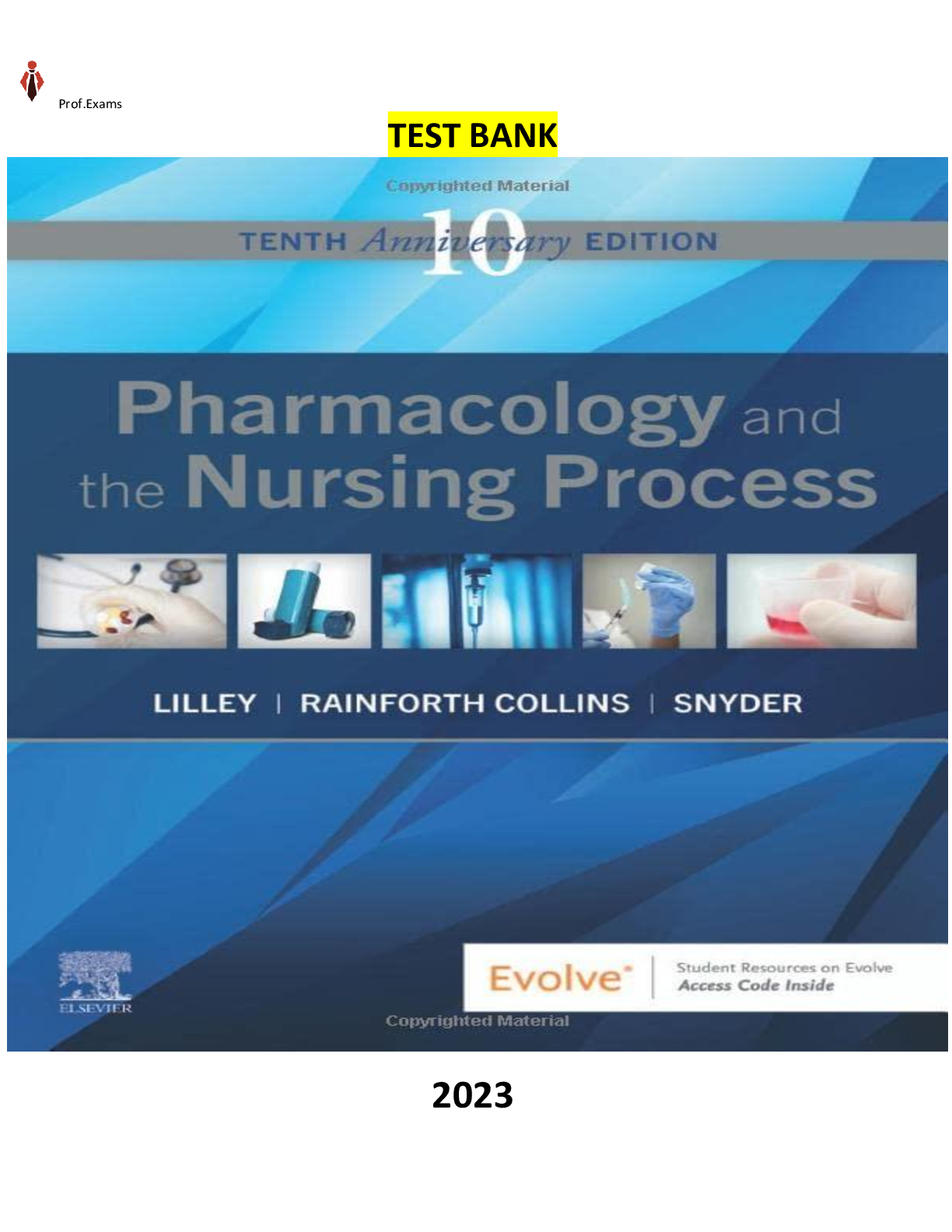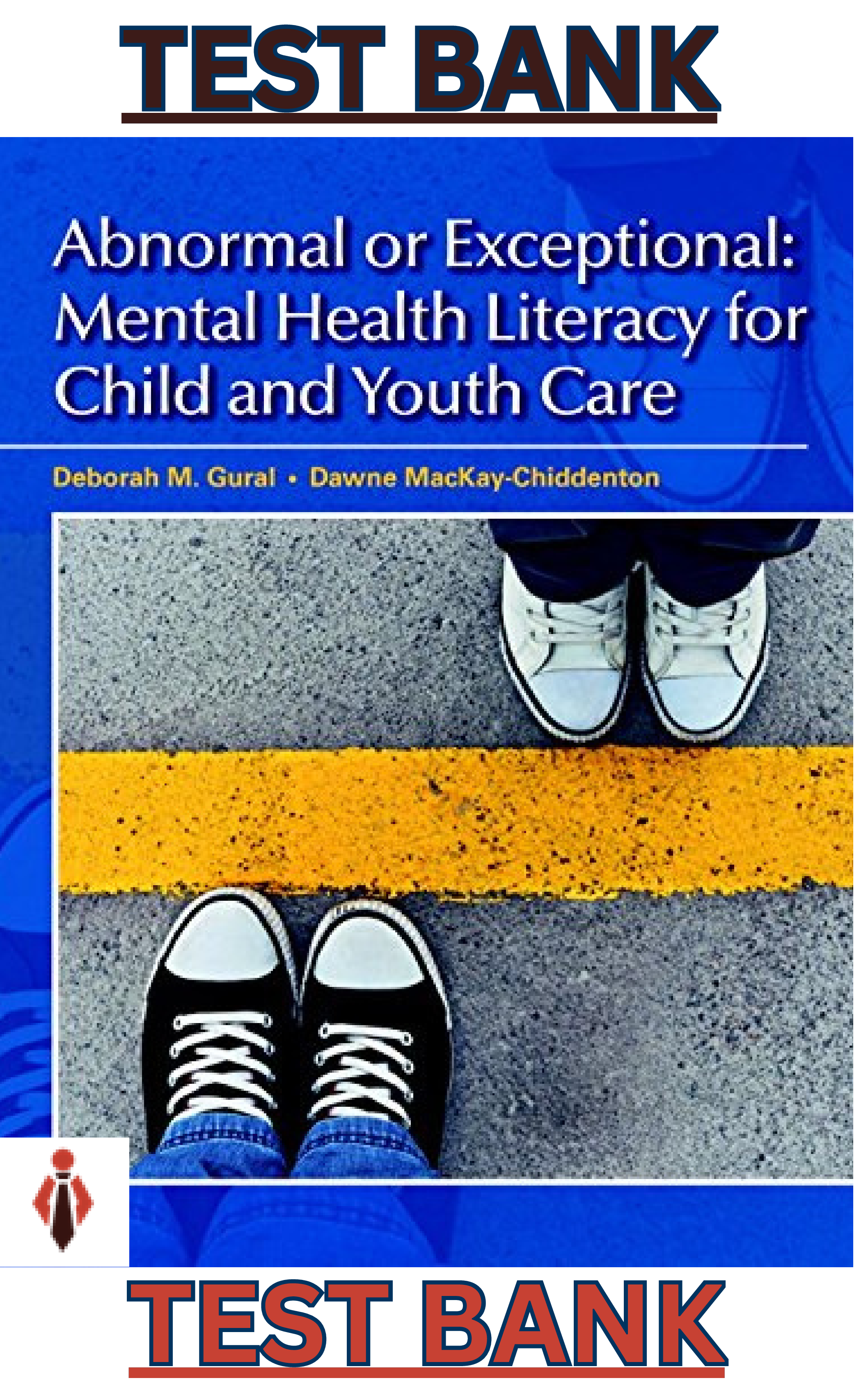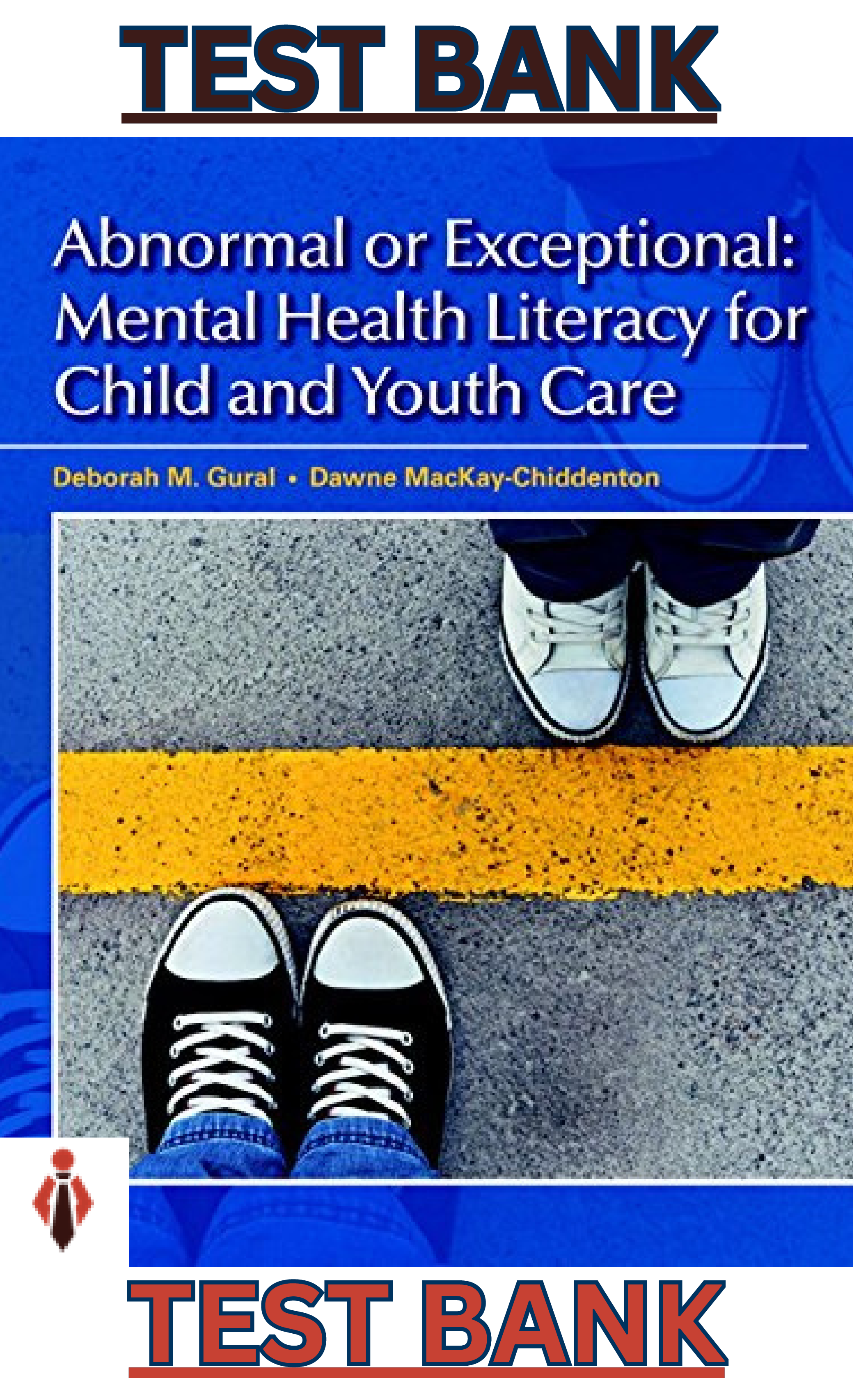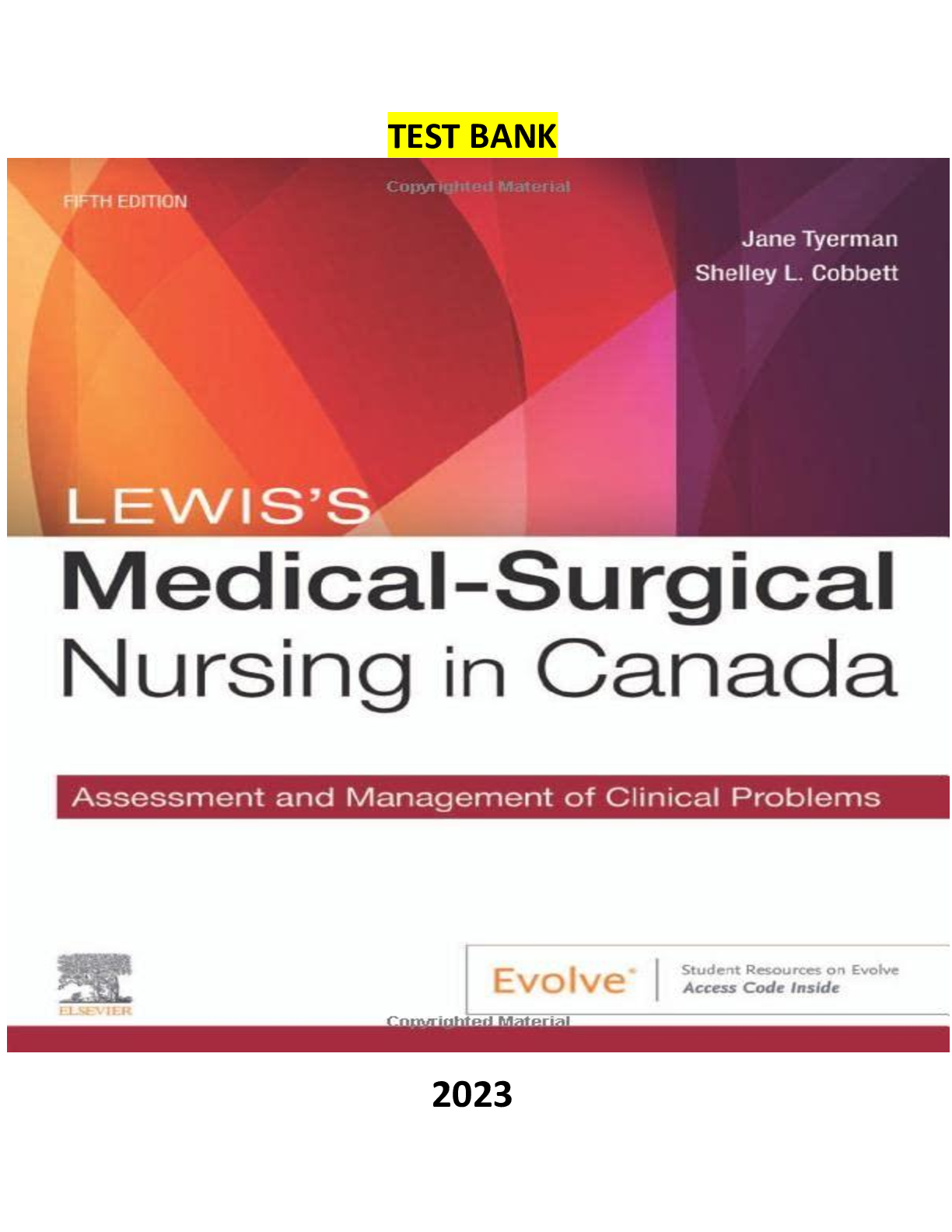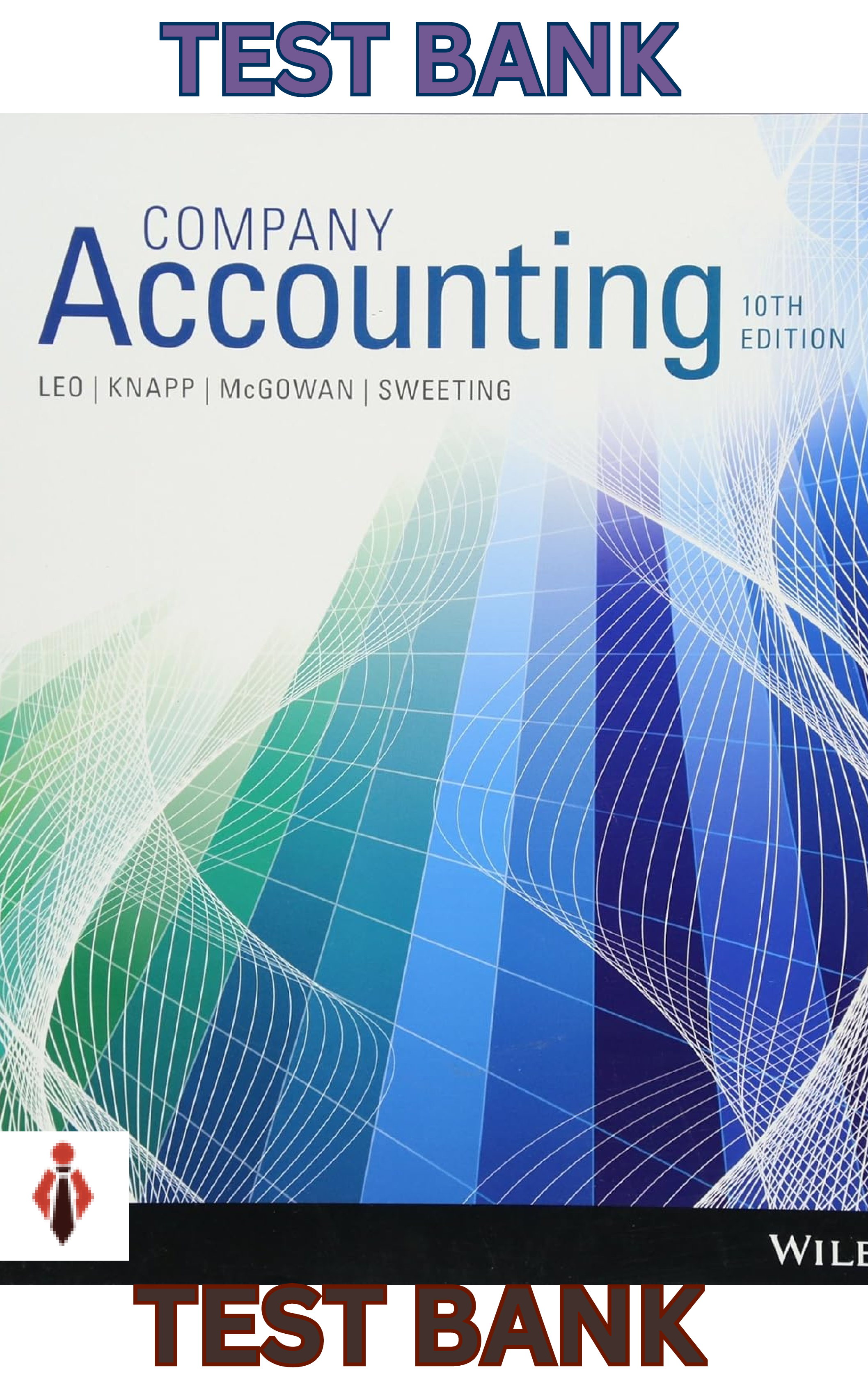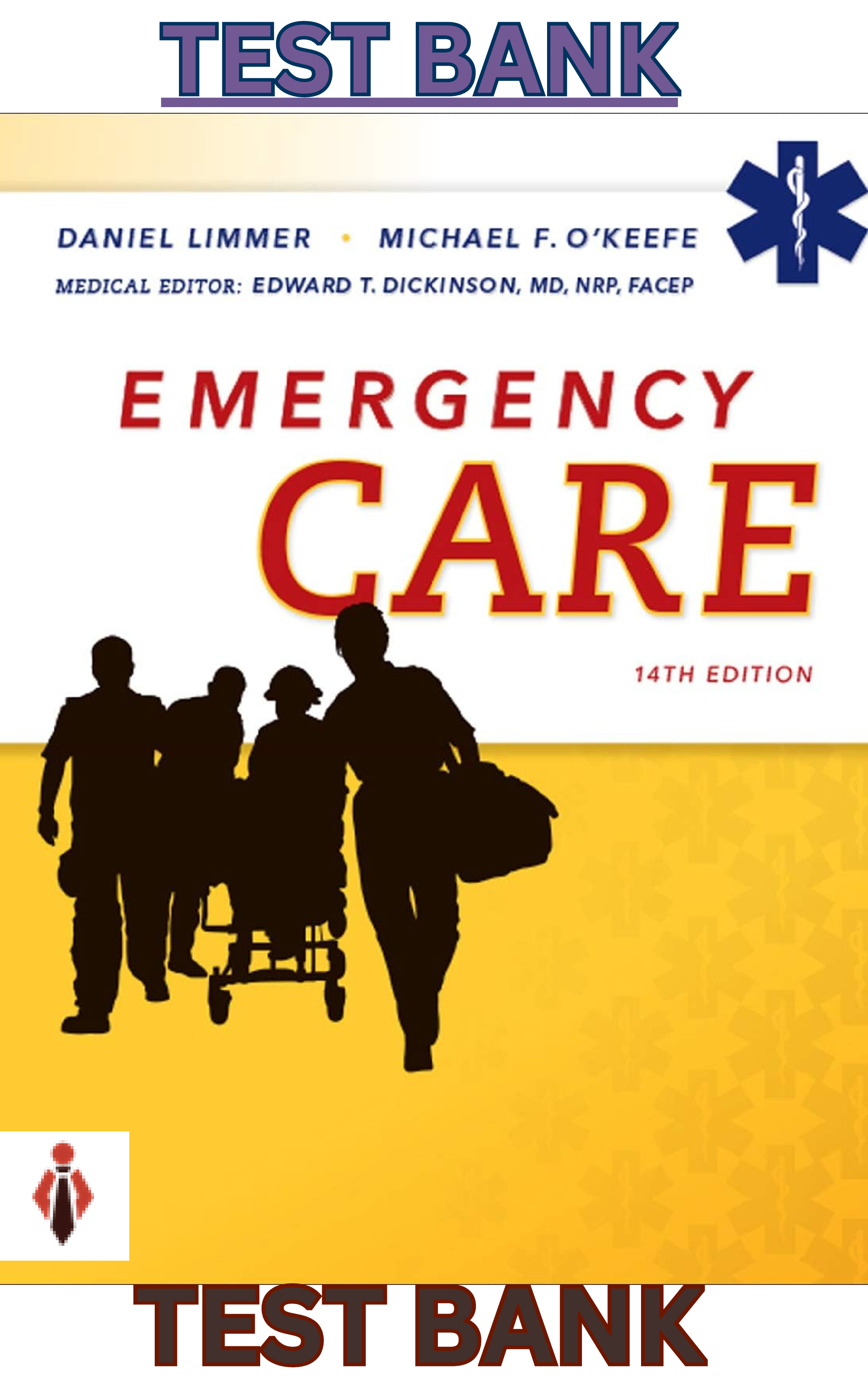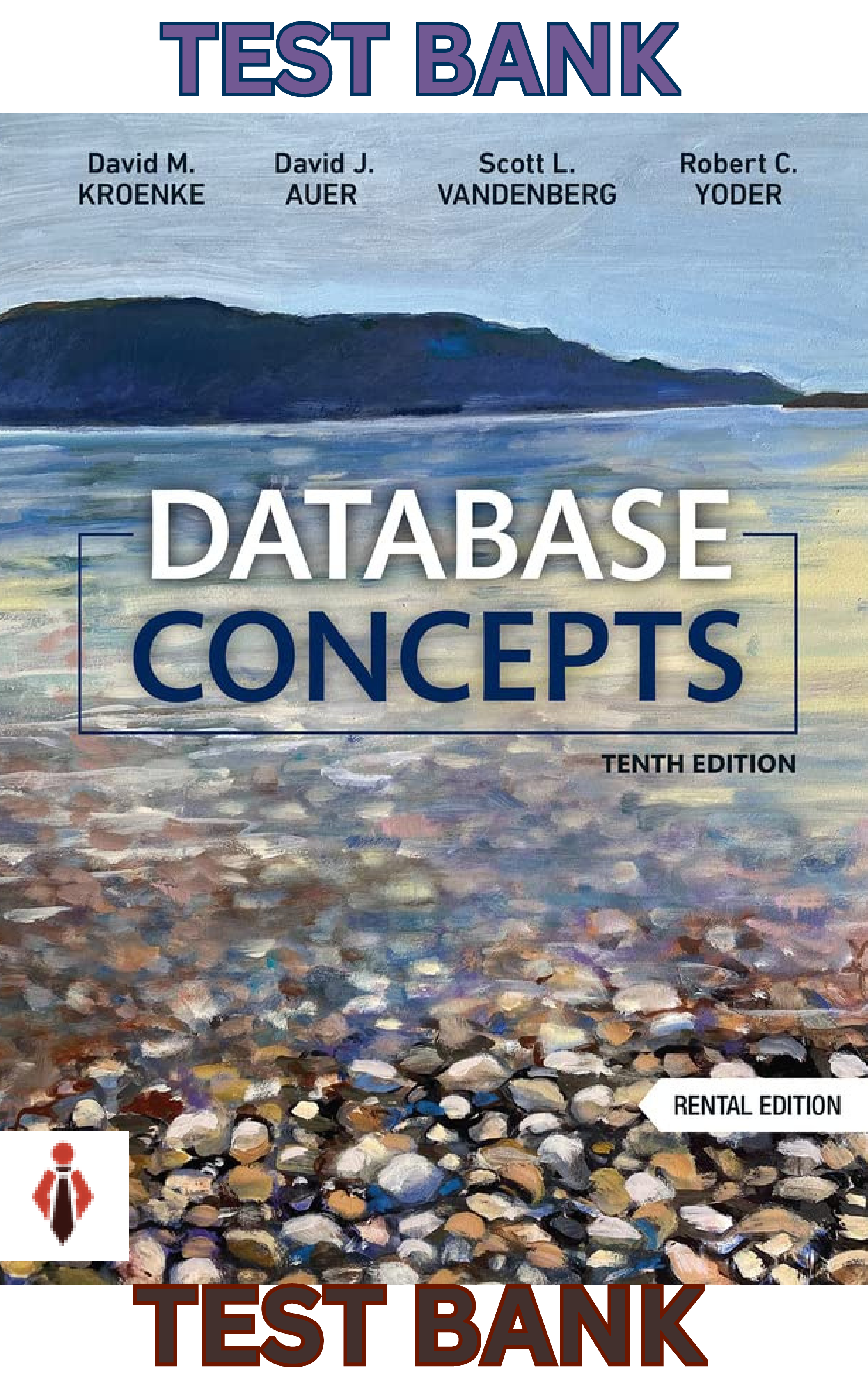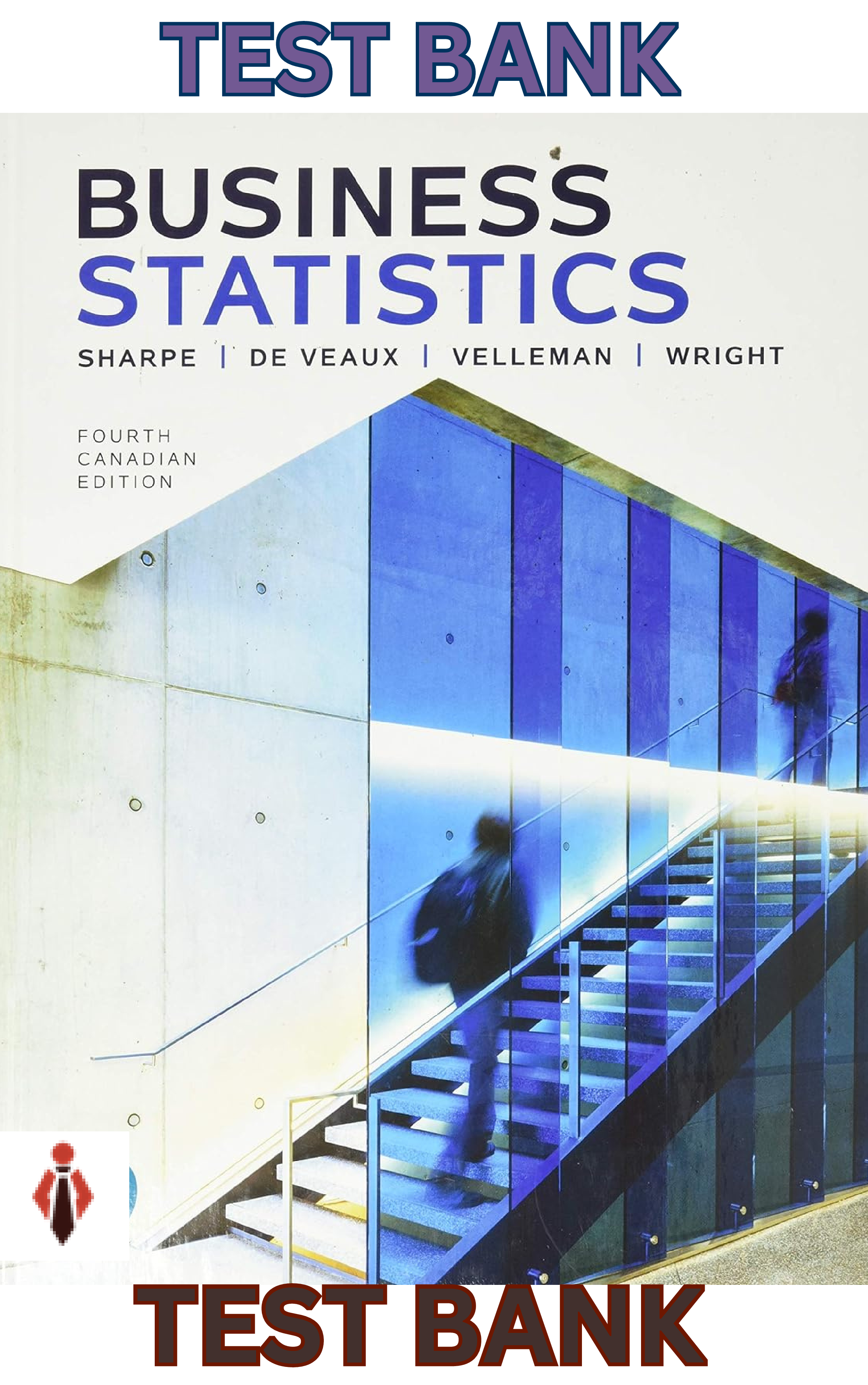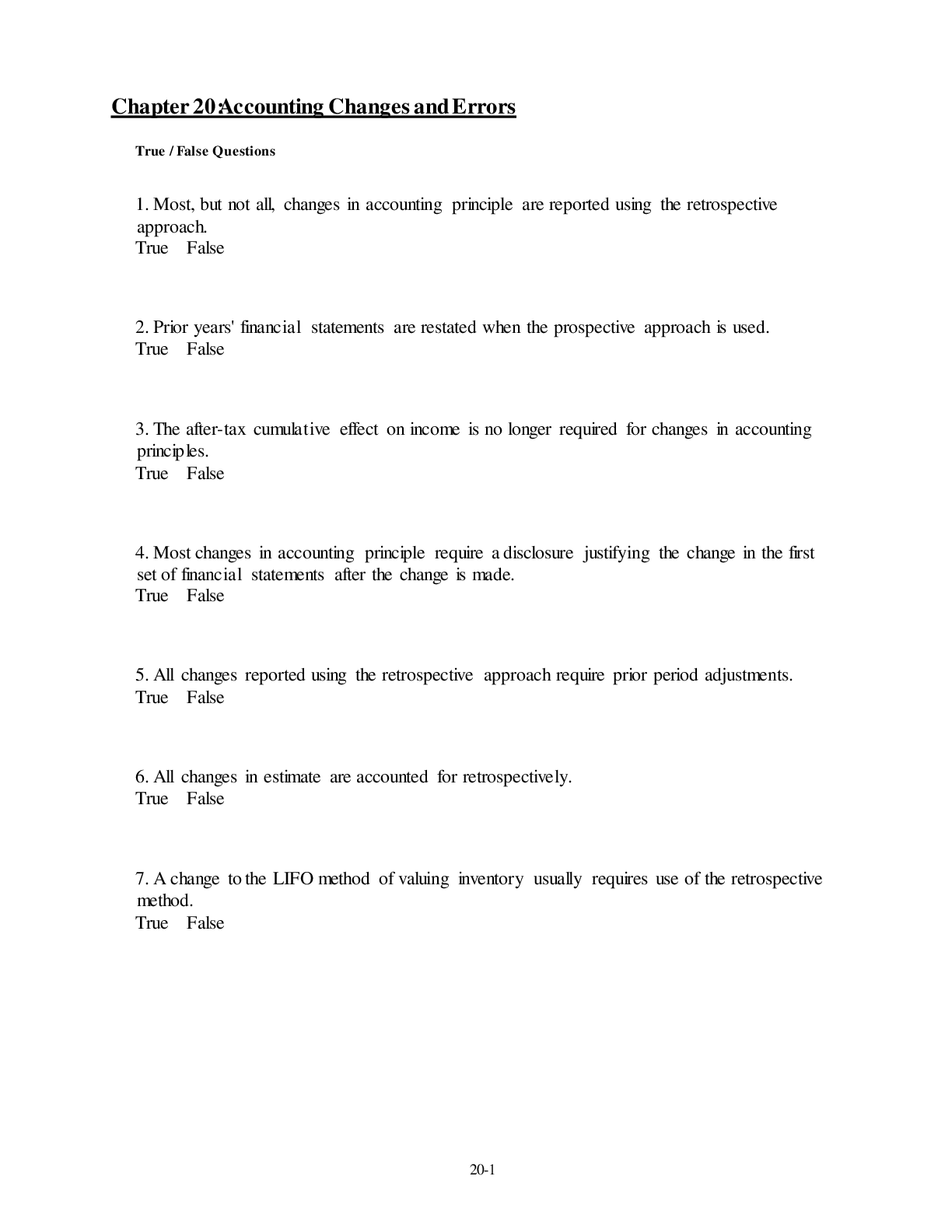Financial Accounting > TEST BANK > Test Bank-2020-Chapter 20- Accounting Changes and Errors (All)
Test Bank-2020-Chapter 20- Accounting Changes and Errors
Document Content and Description Below
1. Most, but not all, changes in accounting principle are reported using the retrospective approach. True False 2. Prior years' financial statements are restated when the prospective approach is used.... True False 3. The after-tax cumulative effect on income is no longer required for changes in accounting principles. True False 4. Most changes in accounting principle require a disclosure justifying the change in the first set of financial statements after the change is made. True False 5. All changes reported using the retrospective approach require prior period adjustments. True False 6. All changes in estimate are accounted for retrospectively. True False 7. A change to the LIFO method of valuing inventory usually requires use of the retrospective method. True False 8. Both changes in reporting entities and material error corrections are reported prospectively. True False 9. A change in reporting entity requires footnote disclosure in all subsequent financial statements prepared for the new entity. True False 10. Error corrections require restatement of all the affected prior year financial statements reported in comparative financial statements. True False Matching Questions1. Change in principle reported retrospectively Technological advance that renders worthless a patent with an unamortized cost of $45,000. 2. Change in estimate Change from LIFO inventory costing to average inventory costing. 3. Change in principle reported prospectively Including in the consolidated financial statements a subsidiary acquired several years earlier that was appropriately not included in previous years. 4. Change in estimate Change from FIFO inventory method to LIFO. 5. Change in estimate Pension plan assets for a defined benefit pension plan achieving a rate of return in excess of the amount anticipated. 6. Change in principle reported retrospectively Change from the direct write-off method to the allowance method for recording bad debt expense. (Assume bad debts are material in this case and have always been material.) 7. Change in reporting entity Change from declining balance depreciation to straight-line. 8. Prior period adjustment required Change from determining lower of cost or market for inventories by the individual item approach to the aggregate approach. 9. Change in principle reported prospectively Settling a lawsuit for less than the amount accrued previously as a loss contingency. 10. Change in estimate Change in the estimated useful life of office equipment. [Show More]
Last updated: 1 year ago
Preview 1 out of 108 pages
Instant download
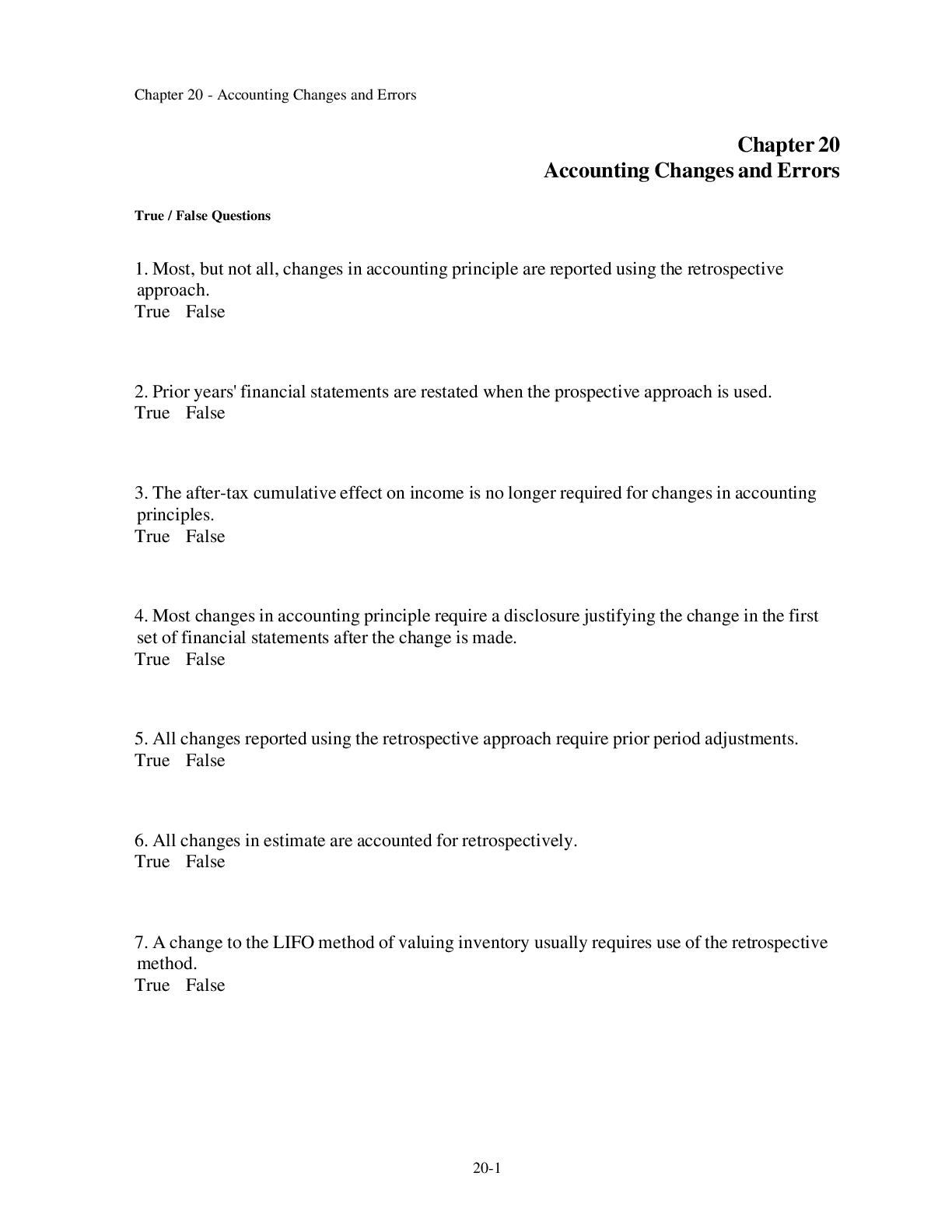
Buy this document to get the full access instantly
Instant Download Access after purchase
Add to cartInstant download
Reviews( 0 )
Document information
Connected school, study & course
About the document
Uploaded On
Jun 09, 2021
Number of pages
108
Written in
Additional information
This document has been written for:
Uploaded
Jun 09, 2021
Downloads
0
Views
23

